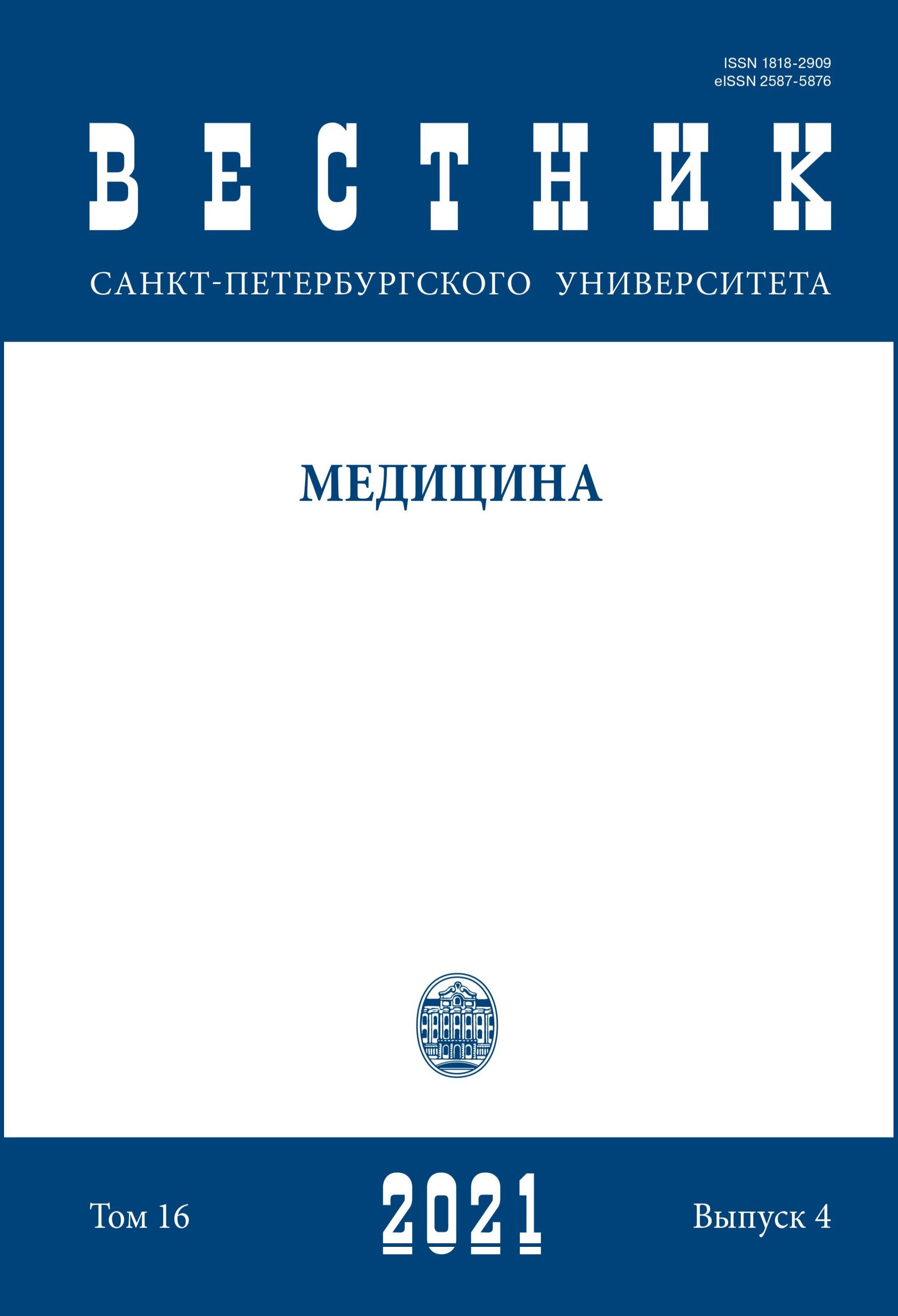Life support training: Looking for target audience (a pilot study)
DOI:
https://doi.org/10.21638/spbu11.2021.407Abstract
There are many different emergency cases (besides road traffic incidents) in which the outcome for the affected person depends on the timing of the relevant first aid. One of the possibilities to improve the situation is to train a certain population of first aid skills. Identify the audience which is more appropriate to teach first aid skills to be able early to recognize a medical emergency and provide first aid correctly. First aid knowledge and skills of the participants were detected by a questionnaire in 2020. Data were analyzed using SPSS Version 22, p < 0.05. Four hundred and thirty loyal citizens of Krasnoyarsk, Russia, participated in classes. The training led to the significant improvement in the first aid knowledge and skills of the participants (before-and-after study). The citizens who have already witnessed an emergency case realize the opportunity of the emergency situation and their responsibility for the outcome better than the others. The regular first aid classes conducted by the medical community members for people of 30–45 years old with a higher educational level can significantly influence the number of favorable outcomes of emergency out-of-hospital cases.
Keywords:
first aid, CPR training, essential life support, medical community, out-of-hospital cases
Downloads
References
References
Downloads
Published
How to Cite
Issue
Section
License
Articles of "Vestnik of Saint Petersburg University. Medicine" are open access distributed under the terms of the License Agreement with Saint Petersburg State University, which permits to the authors unrestricted distribution and self-archiving free of charge.




